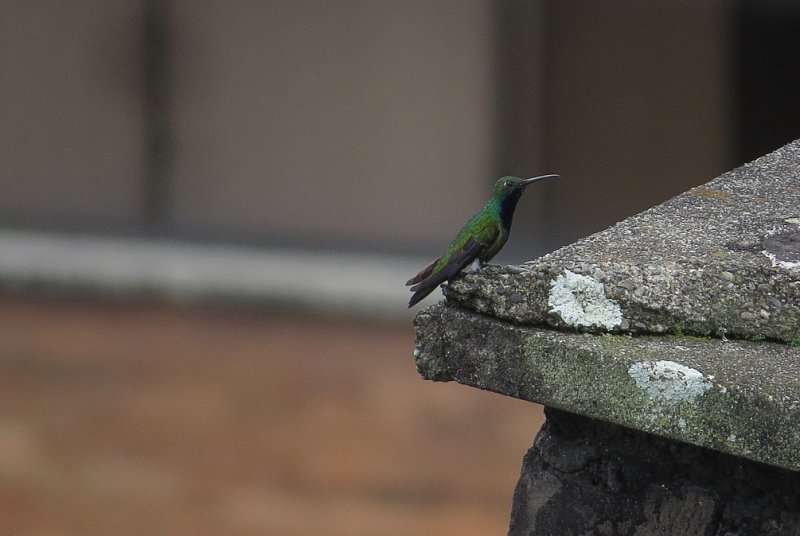United Conservative Party removes vice-president who spoke out against Kenney's leadership
Joel Mullan predicts 'dark days ahead' if grassroots party members ignored
A high-ranking member of the United Conservative Party who has been publicly demanding the resignation of Alberta Premier Jason Kenney has been removed from his position as a party vice-president and director.
"The board of directors of the United Conservative Party elected to remove me as vice-president, policy and governance, and as a director. So, yep, they fired me," Joel Mullan told CBC News on Tuesday.
The vote cited a breach of confidentiality, based on Mullan speaking to the media last week about his calls for a board meeting to discuss a leadership review, an argument that Mullan says he does not accept.
"If I elected to bring an issue to the board, I feel it's up to me whether or not I want to share that. And I do not see that as a violation of confidentiality," he said.
"I was speaking out very clearly as a private individual, not as a representative of the board."
Dave Prisco, the party's communications director, confirmed that Mullan was removed for breaking the UCP's code of conduct and its confidentiality agreement.
"These standards were created by our democratically elected board to ensure everyone who is involved in these positions can speak freely at meetings without fear of their comments being made public," Prisco said in a statement.
"It is abundantly clear that Mr. Mullan did not live up to that standard."
At a caucus meeting on Sept. 22, an expected revolt against Kenney's leadership did not materialize. Instead, the meeting ended with a plan for the party's annual general meeting to take place in the spring, and the scheduled leadership review to occur at that time.
Mullan said 10 of the 22 UCP constituency associations have passed motions asking for the review to happen by March 1, and others are expected to discuss the issue.
He said the decision to remove him is a strong signal that the party has become increasingly disconnected from its grassroots.
"The grassroots are in charge and absolutely paramount in the party. As long as it's convenient," he said.
Mullan, who lives in Edmonton, said he doesn't regret his actions and has no intention of leaving the party.
He is, however, concerned about its future.
"I believe that it has started to lose its way, that we have ineffective leadership, and that unless we return to listening to our grassroots members, that we may see some dark days ahead," he said.
"It won't go to a happy place, that's for sure. As far as the shape it's going to take, I'm not sure right now. But there will be further division, I have no doubt."

















